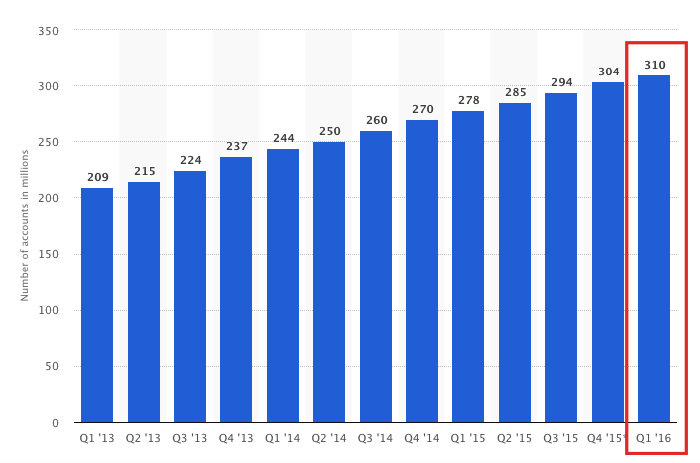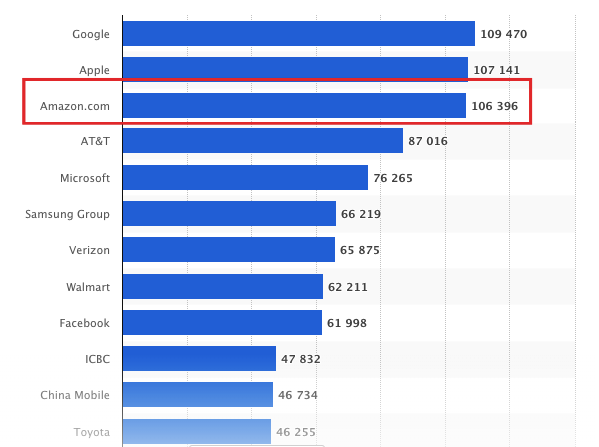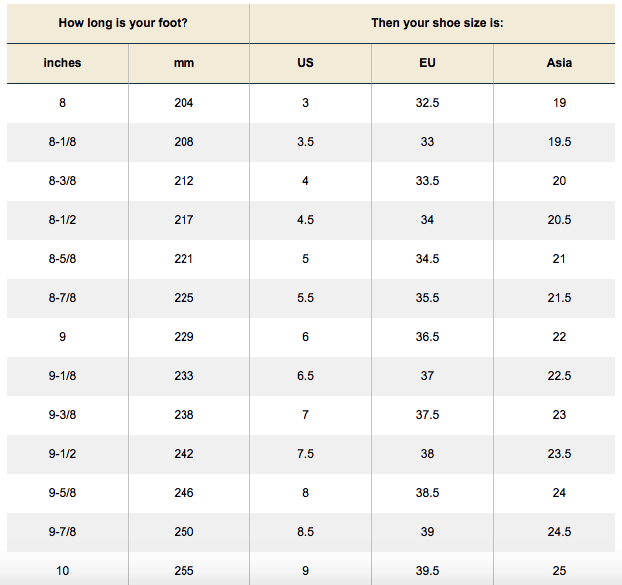Amazon is the world’s digital marketplace and has spread its tentacles to a wide range of industries. Whether it’s clothing, electronics or grocery delivery, it seems that Amazon has a hand in nearly everything these days.
Recent data from Statista really sheds light on Amazon’s dominance.
According to their research, it owned 43.5 per cent of US retail E-commerce sales in 2017—equaling $178 billion in net sales.

Globally, Amazon had 310 million customer accounts worldwide in Q1 of 2016—and that was two years ago, meaning that number has likely grown since.

In turn, it’s ranked as the third most valuable brand worldwide and is just barely behind Apple and Google.

This means one thing. Selling internationally on Amazon can be a lucrative endeavour and something that’s on the radar of many companies.
Why not expand your reach and increase your customer base?
Why not use it as a platform to generate more revenue than you would be capable of in the US?
With Amazon’s reach extending so far, the opportunity is ripe for the picking. It’s just a matter of understanding the ins and outs of the process and addressing the inherent obstacles that come with the territory.
Let’s now examine some of the more common challenges businesses face when making this transition and how you can overcome them.
Product Restrictions
First, there’s the legal issue.
One of the first things you’ll realise is that some countries have specific laws that inhibit importing and selling particular items. For instance, a DIY microbrew company could run into trouble if it was selling to a customer in Dubai or another country with strong alcohol restrictions.
globalEDGE adds that you may even violate restrictions by selling a product to a buyer who intends to re-export the product to a country where direct exports from the US are prohibited. So this is something to be aware of as well.
You certainly don’t want to find yourself in any legal hot water or face messy litigation simply because you didn’t understand a particular country’s export restrictions. So your best bet is to consult the following resources:
- The US Customs and Border Protection – Prohibited and Restricted Items
- The Bureau of Industry and Security – Commerce Control List
- The US Department of the Treasury – Specially Designated Nationals and Blocked Persons List (SDN) Human Readable Lists
In addition, you’ll want to familiarise yourself with Amazon’s Delivery Restrictions because this too impacts your ability to sell internationally.
These resources cover all of the bases and should help keep you in the clear.
Product Compatibility Issues
Although this won’t apply to all businesses, it’s definitely something to be aware of. Here’s an example:
Say that you’re selling an electronic product. In the US, electrical plugs run on 120V. That’s fine when you’re selling to US consumers.
But you want to sell to customers in South Korea where electrical plugs run on 220V, which creates an instant compatibility issue. In some cases, it could damage the product or even compromise user safety.
Of course, South Korean customers could still run your product if they use a voltage converter, but this is still a snag that you’ll need to address.
If you sell an electronic product that could lead to compatibility issues, you’ll want to take a look at this resource from World Standards, which breaks down each country by electrical voltage, hertz, and plug type.
Different Sizing
Also, remember that each country has its own sizing chart. So what makes complete sense to American consumers might confuse someone in an EU country or in Asia.
A good example is shoe sizing. Here’s a chart that shows how women’s shoe size differs in the US, EU, and Asia.

It’s dramatic! For this reason, it would behove you to include a size conversion chart so that international shoppers have a quick reference point.
Adjusting Your Price Point
Tara Johnson makes a great point on Tinuiti – “Selling across international borders encounters additional costs with paying duties, taxes and applicable customs brokerage fees. When evaluating your price point, you will want to make sure you calculate all these fees and adjust your price point accordingly.”
She adds that most sellers will tack these additional costs onto the buyer to prevent their profit margins from taking a hit. The only problem is that this can hurt you from a competitive standpoint if the product’s cost dramatically exceeds similar products on Amazon.
The solution?
Perform plenty of market research ahead of time to identify the price points of key competitors. This should enable you to find a reasonable price point that keeps you profitable, while at the same time remaining competitive.
Customer Service Language Barr
- Nuestro producto es increíble
- Notre produit est incroyable
- Unser Produkt ist erstaunlich
- 私たちの製品は素晴らしいです
That’s Spanish, French, German and Japanese for “our product is amazing” and is a stark reminder of the language barrier you’re bound to encounter when selling internationally on Amazon. And this can be quite a conundrum when it comes to translating your copy and providing customer service.
After all, how exactly do you resolve a customer inquiry or complaint when you both speak completely different languages?
While creating a multilingual websites was not much of a concern 10 or 20 years ago, it certainly is in today’s increasingly globalised economy. Fortunately, this is another challenge that can be overcome.
When it comes to translating your eCommerce copy, you can use a service like Translate By Humans, which is an Amazon global selling partner. This is a simple way to bridge the linguistic gap and involves a professional translator to translate your copy into the language of your choice. This also works for voice-overs and subtitles as well.
As for customer service, one option is to simply hire multilingual customer service reps. However, that can be costly, especially if you’re selling products in several different countries.
Translate by Humans has a less costly option that uses automatic translation for helpdesks to streamline and improve the customer service experience.
Reviews
Tara Johnson also points out, “Reviews are specific to the marketplace that product was sold in and will not transfer. So for any items or Amazon Standard Identification Numbers (ASINs) that are new to an international marketplace, you will be starting off with no reviews, regardless of your review history for that ASIN in the US marketplace.”
And while she explains that there is a section located at the bottom of the page that highlights reviews, you basically have to get new reviews for each international page. In other words, you’re starting from scratch.
This presents a substantial problem considering the fact that 92 per cent of consumers read online reviews, and reviews are a critical factor in someone deciding whether or not to buy a product on Amazon.
So what can you do?
Unfortunately, there is no magic bullet for this dilemma, and it can take some time to get the ball rolling. You simply need to put forth the effort to provide your international customers with the best possible products and customer service.
And as long as you cover all of the bases mentioned here, you should be in pretty good shape. It just takes some time.
Conclusion
Selling internationally on Amazon can be quite lucrative and makes sense for many companies. But with the pros always come the cons, and there are some sizable challenges that come along with it.
Luckily, these obstacles are by no means insurmountable. By understanding precisely what you’re up against and taking the necessary steps to tackle these issues, you should be successful.
